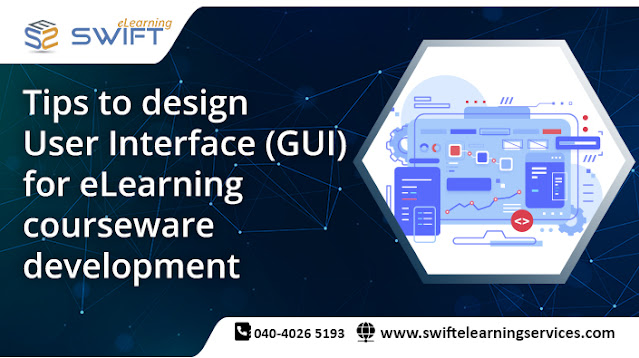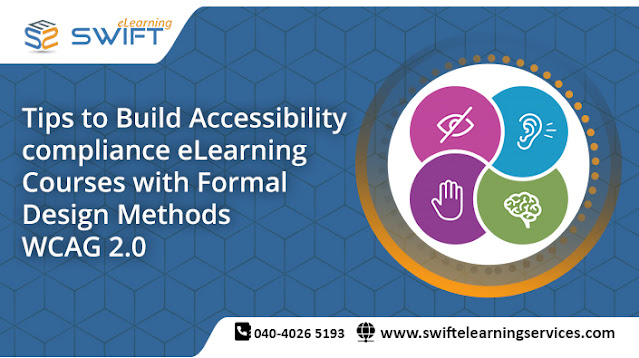Before the emergence of current eLearning rapid authoring tools, eLearning training modules were made in Adobe Flash. Much before that – for considerably a longer time – PPT was widely used for training programs.
There was a time when presentations and training programs on PPT were a well-known scenario. As new rapid authoring tools have evolved in the eLearning domain, content developers have almost stopped using PPT for training purposes.
But, some important and useful training programs are left stored in those PPTs. So, PowerPoint training into eLearning conversion is required as part of the legacy content conversion. In fact, converting the content you already have in PPTs to Articulate Storyline 360 is a big advantage as you don’t need to re-create the whole presentation from scratch.
This article will discuss how we can convert PPT to eLearning, using the rapid authoring tool – Articulate Storyline 360.






